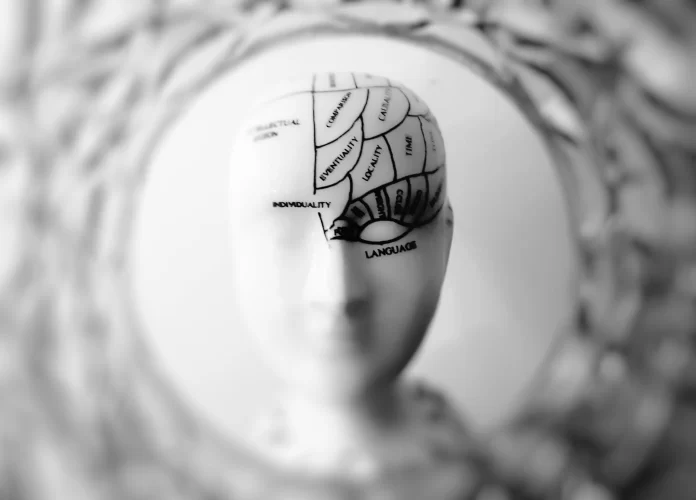43% of the human race is bilingual, with 17% of that group being multilingual. The benefits of having a bilingual brain include communicating easier with people from different cultures.
Most people don’t know that a bilingual brain works differently than someone who only speaks one language. So one may ask, “What does it really mean to know a language?”
How One Learns to be Bilingual
The ability to fully speak a language comes in two parts- active and passive. Active parts include writing and speaking the language. Passive parts include listening and reading fluently in the language.
Types of Bilingual Abilities
A compound bilingual speaker is someone who develops 2 languages simultaneously. An example of this would be a young child moving from one country to another where the languages are different, challenging the child to continue learning one while starting to learn another.
A coordinate bilingual speaker works with 2 separate concepts using both languages in different daily situations and practices. An example of this would be a child who speaks English at school while speaking fluent Spanish at home.
A subordinate bilingual speaker is someone who learns a new language by filtering it through the primary language they speak.
How Does it Affect the Brain?
The left side of the human brain is stimulated by processing analytical concepts. However, the right side is more active in emotional and social scenarios.
Children can learn multiple languages more easily because both sides of their brains are still being developed. This development means both sides are being stimulated more. Adults’ brains are more developed, and one side is typically more stimulated than the other. Because of this, the learning process is more challenging.
Being bilingual further stimulates the human brain, strengthening the brain’s ability to comprehend and grow in awareness. Whether you’re a child or an adult learning a second language, the neurological benefits are endless!



















